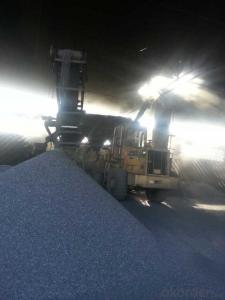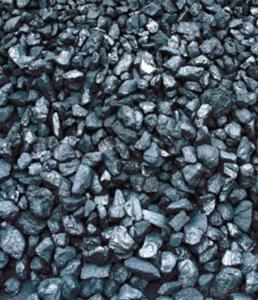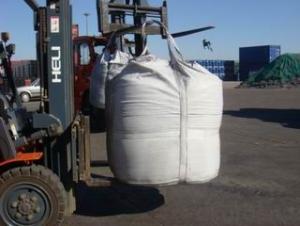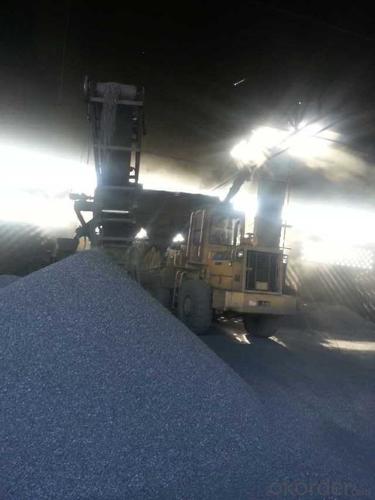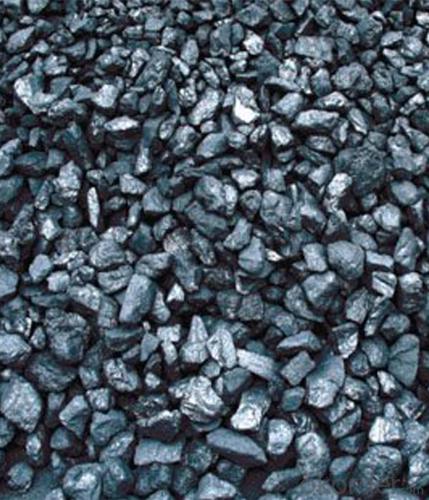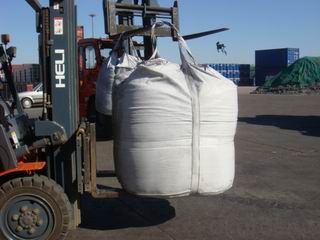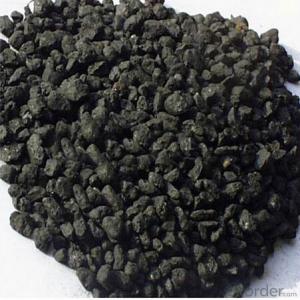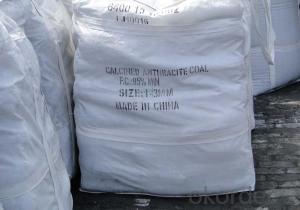FC 95% GAS Calcined Anthracite CNBM Supply
- Loading Port:
- China Main Port
- Payment Terms:
- TT or LC
- Min Order Qty:
- -
- Supply Capability:
- -
OKorder Service Pledge
OKorder Financial Service
You Might Also Like
FC 95% GAS Calcined Anthracite CNBM Supply
Specifications
Calcined Anthracite
Fixed carbon: 90%-95%
S: 0.5% max
Size: 0-3. 3-5.3-15 or as request
Description:
It used the high quality anthracite as raw materials through high temperature calcined at over 2000 by the DC electric calciner with results in eliminating the moisture and volatile matter from anthracite efficiently, improving the density and the electric conductivity and strengthening the mechanical strength and anti-oxidation. It has good characteristics with low ash, low resistvity, low sulphur, high carbon and high density. It is the best material for high quality carbon products.
Usage:
It is widely used in filtration, bleach, decoloration, water & air purification, gold extraction, soil improvement, etc
General Specification of Calcined Anthracite:
PARAMETER UNIT GUARANTEE VALUE | |||||
F.C.% | 95MIN | 94MIN | 93MIN | 92MIN | 90MIN |
ASH % | 4MAX | 5MAX | 6MAX | 7MAX | 8MAX |
V.M.% | 1 MAX | 1MAX | 1.5MAX | 1.5MAX | 1.5MAX |
SULFUR % | 0.5MAX | 0.5MAX | 0.5MAX | 0.5MAX | 0.5MAX |
MOISTURE % | 0.5MAX | 0.5MAX | 0.5MAX | 0.5MAX | 0.5MAX |
Size can be adjusted based on buyer's request.
Pictures of Calcined Anthracite:
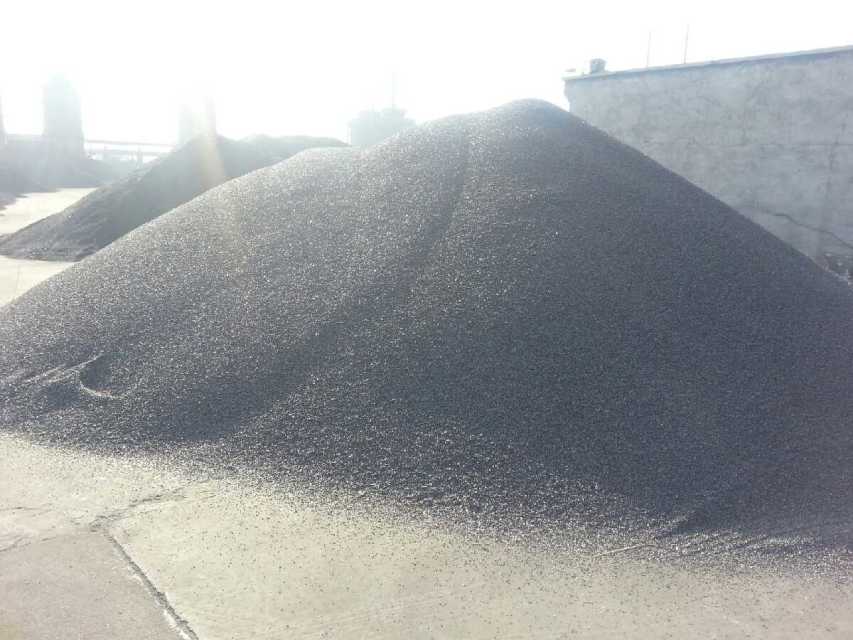
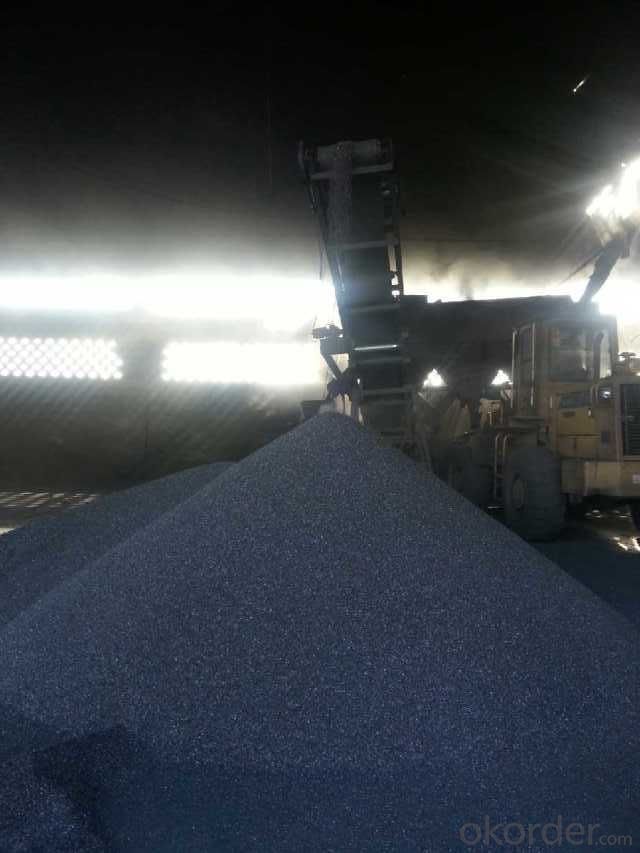
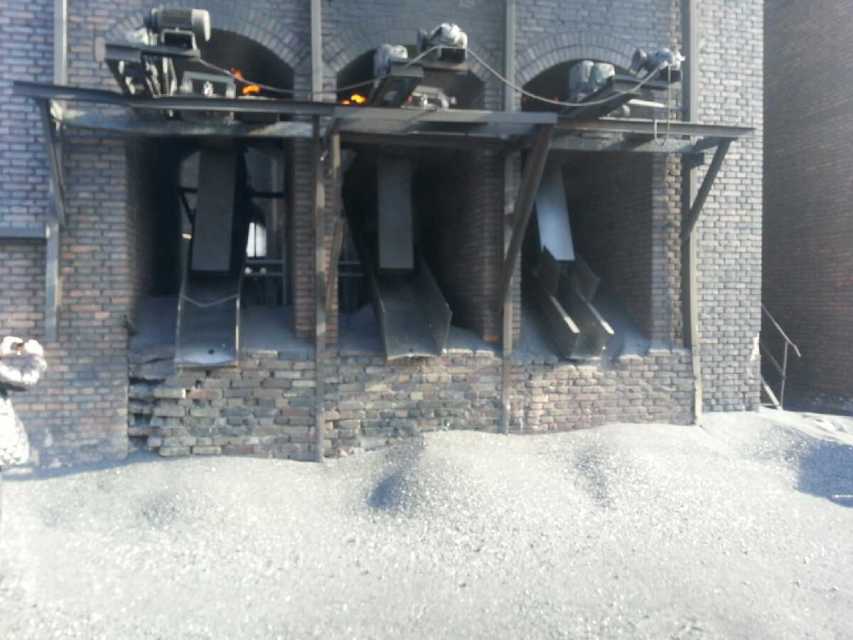
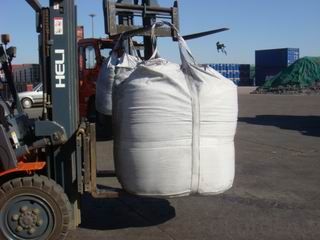
We can supply below furnace charges, please feel free to contact us if you areinterested in any of any of them:
Coke (Metallurgical, foundry, gas)
Calcined Anthracite with fixed carbon from 90% to 95%
- Q: What are the effects of carbon emissions on the stability of volcanic regions?
- Carbon emissions can potentially have both positive and negative effects on the stability of volcanic regions. On one hand, increased carbon dioxide levels in the atmosphere can contribute to global warming, which in turn may lead to melting of glaciers and ice caps, resulting in a rise in sea level. This rise in sea level can increase the likelihood of volcanic flank collapse, as the added pressure weakens the stability of volcanic slopes. Additionally, global warming can also trigger more frequent and intense rainfall, potentially leading to increased erosion and landslides in volcanic areas. On the other hand, carbon dioxide emissions can also have a stabilizing effect on volcanic regions. The injection of carbon dioxide into volcanic systems can enhance the pressure within magma chambers, promoting magma crystallization and solidification. This process can reduce the likelihood of volcanic eruptions, as the solidified magma acts as a barrier that hinders the movement and release of magma. Overall, the effects of carbon emissions on the stability of volcanic regions are complex and dependent on various factors. It is crucial to continue studying these interactions to better understand the potential consequences and implications for volcanic hazards and the overall stability of volcanic regions.
- Q: What are the impacts of carbon emissions on the stability of river ecosystems?
- Carbon emissions have significant impacts on the stability of river ecosystems. Increased carbon dioxide levels in the atmosphere lead to global warming, which in turn affects river temperatures and alters the water cycle. These changes can disrupt the balance of river ecosystems, impacting the availability of oxygen, nutrient cycling, and the reproductive cycles of aquatic organisms. Additionally, carbon emissions contribute to ocean acidification, which can indirectly affect river ecosystems through changes in the food chain and the migration patterns of certain species. Overall, carbon emissions pose a threat to the stability and biodiversity of river ecosystems.
- Q: What are the properties of carbon-based textiles?
- Carbon-based textiles have a number of unique properties that make them advantageous in various applications. Firstly, carbon-based textiles exhibit exceptional strength and durability. They are known for their high tensile strength, making them resistant to stretching and tearing. This property allows carbon textiles to withstand harsh conditions and maintain their integrity over time. Secondly, carbon-based textiles possess excellent thermal conductivity. They can efficiently conduct heat, making them suitable for applications that require effective heat management. This property is particularly useful in industries such as aerospace, automotive, and electronics, where heat dissipation is essential to prevent system failures. Furthermore, carbon textiles are highly resistant to chemical corrosion. They can withstand exposure to various chemicals, acids, and solvents without losing their structural integrity. This property makes carbon-based textiles ideal for applications in the chemical industry, where exposure to corrosive substances is common. Another notable property of carbon textiles is their inherent flame resistance. They have a high resistance to ignition and do not propagate flames easily. This characteristic makes them suitable for use in environments where fire safety is crucial, such as in protective clothing for firefighters and military personnel. Carbon-based textiles also exhibit good electrical conductivity, making them suitable for applications in electronics and electrical engineering. They can effectively conduct electricity and dissipate static charges, reducing the risk of electrical malfunctions or damage. Lastly, carbon textiles have a low coefficient of thermal expansion, meaning they do not expand or contract significantly with changes in temperature. This property makes them dimensionally stable, ensuring that they maintain their shape and size under varying thermal conditions. In summary, carbon-based textiles possess a combination of strength, durability, thermal conductivity, chemical resistance, flame resistance, electrical conductivity, and dimensional stability. These properties make them highly versatile and suitable for a wide range of applications in various industries.
- Q: A carbon Roast Lamb Leg stores need to how much money
- Do about 50 thousand! Do not have their own skills, you have to learn, have time to look at the Weifang green, Mongolia edge, taste and scale are pretty good!
- Q: How is carbon used in the production of pigments?
- The ability of carbon to create vibrant and deep colors makes it a common choice for pigments. These pigments, also known as carbon blacks, are produced by incomplete combustion of hydrocarbons like natural gas or petroleum. The resulting carbon particles are then processed and purified to create a fine powder that serves as a pigment. Various industries, including inks, paints, plastics, and cosmetics, utilize these carbon-based pigments. In the ink production process, carbon black is frequently added to enhance color intensity and opacity. Similarly, in the manufacturing of paints and coatings, it is used to provide a rich and deep black color. Plastics can be enhanced by adding carbon black, which improves their UV resistance, making them more durable and long-lasting. This is especially crucial for outdoor applications where exposure to sunlight can lead to fading and degradation. Carbon-based pigments are also widely used in the cosmetics industry. They are incorporated into products like eyeliners, mascaras, and lipsticks to create intense black or dark shades. The stability and consistent color delivery of carbon black pigments make them a preferred choice in cosmetics. In summary, the ability of carbon to create vibrant and deep colors makes it extensively used in pigment production. Carbon-based pigments have diverse applications in various industries, enhancing color intensity, providing UV resistance, and delivering rich black shades.
- Q: Does iron have more carbon or more steel?
- Iron has a high carbon contentThe main difference is that the pig iron, wrought iron and steel carbon content, carbon content of more than 2% of iron is iron; carbon content of less than 0.04% of the iron, the carbon content in the name of wrought iron; 0.05~2% iron, known as steel.
- Q: What is the carbon footprint?
- The carbon footprint is a measure of the total greenhouse gases, specifically carbon dioxide (CO2), that are released into the atmosphere due to human activities. It quantifies the impact individuals, organizations, or countries have on the environment by contributing to climate change. This impact encompasses both direct emissions from burning fossil fuels for transportation, heating, and electricity, as well as indirect emissions from the production and transportation of goods and services we consume. Measured in units of carbon dioxide equivalent (CO2e), the carbon footprint serves as a vital tool for assessing and managing our environmental influence. By comprehending and diminishing our carbon footprint, we can alleviate climate change and strive for a more sustainable future.
- Q: What are the effects of carbon emissions on the stability of urban infrastructure?
- The effects of carbon emissions on the stability of urban infrastructure are significant. Increased carbon emissions contribute to climate change, resulting in more frequent and severe weather events such as storms, flooding, and heatwaves. These weather events can damage and weaken urban infrastructure, including roads, bridges, buildings, and drainage systems. Additionally, carbon emissions contribute to air pollution, which can deteriorate the structural integrity of buildings and infrastructure over time. Furthermore, rising sea levels caused by carbon emissions can lead to coastal erosion and increased vulnerability of coastal cities to flooding and storm surges. Overall, carbon emissions pose a threat to the stability and resilience of urban infrastructure, highlighting the urgent need for sustainable and low-carbon solutions.
- Q: What are the effects of carbon emissions on animal populations?
- The effects of carbon emissions on animal populations are detrimental. Increased carbon emissions contribute to climate change, which disrupts ecosystems and habitats. Rising temperatures can lead to habitat loss, reduced food availability, and altered migration patterns, affecting both terrestrial and marine animals. Additionally, ocean acidification caused by carbon emissions negatively impacts marine life, particularly coral reefs and shell-forming organisms. Overall, carbon emissions have a significant and negative impact on animal populations, leading to population declines, species extinctions, and imbalances in ecosystems.
- Q: What is carbon offsetting in the hospitality industry?
- Carbon offsetting in the hospitality industry refers to the practice of counterbalancing the greenhouse gas emissions produced by hotels, resorts, and other hospitality businesses. It is a way to compensate for the carbon footprint created by various activities within the industry, such as energy consumption, transportation, waste management, and water usage. The process of carbon offsetting involves calculating the amount of carbon dioxide or other greenhouse gases emitted by a hospitality establishment and then investing in projects that reduce emissions elsewhere. These projects can include renewable energy initiatives, reforestation efforts, or energy efficiency programs. By supporting such projects, the hospitality industry aims to neutralize or offset its own carbon emissions, effectively reducing its impact on climate change. Hotels and resorts can choose to purchase carbon offsets from specialized organizations that facilitate carbon offset projects. These organizations ensure that the offsets are verified and comply with recognized standards, such as the Verified Carbon Standard or the Gold Standard. By investing in verified offsets, the hospitality industry can have confidence that their contributions are making a real and measurable difference in reducing global greenhouse gas emissions. Carbon offsetting in the hospitality industry is not only a way to demonstrate environmental responsibility, but it can also have economic benefits. Many travelers are becoming increasingly conscious of the environmental impact of their accommodation choices and are actively seeking out hotels and resorts that prioritize sustainability. By implementing carbon offsetting programs, hospitality businesses can attract environmentally conscious guests and differentiate themselves in a competitive market. Furthermore, carbon offsetting is just one part of a broader sustainability strategy within the hospitality industry. Many hotels and resorts are also adopting energy-efficient practices, implementing waste reduction measures, and promoting water conservation. By combining these efforts with carbon offsetting initiatives, the hospitality industry can contribute to a more sustainable future while also improving their bottom line. In summary, carbon offsetting in the hospitality industry involves investing in projects that reduce greenhouse gas emissions to compensate for the carbon footprint created by hotels and resorts. It is a way to neutralize the environmental impact of the industry and demonstrate a commitment to sustainability. By implementing carbon offsetting programs, the hospitality industry can attract environmentally conscious guests, differentiate themselves in the market, and contribute to a more sustainable future.
Send your message to us
FC 95% GAS Calcined Anthracite CNBM Supply
- Loading Port:
- China Main Port
- Payment Terms:
- TT or LC
- Min Order Qty:
- -
- Supply Capability:
- -
OKorder Service Pledge
OKorder Financial Service
Similar products
Hot products
Hot Searches
